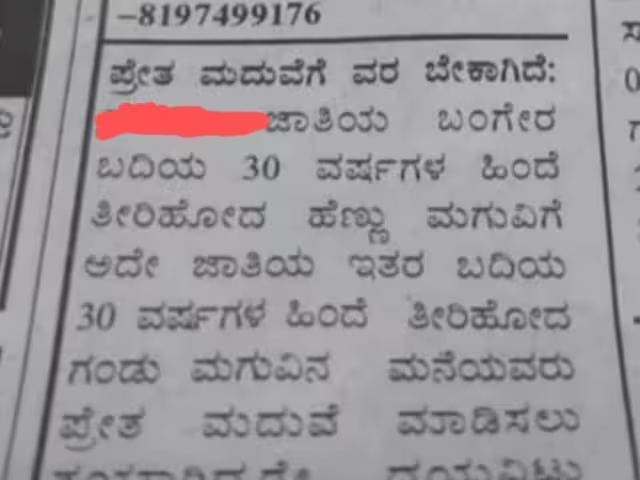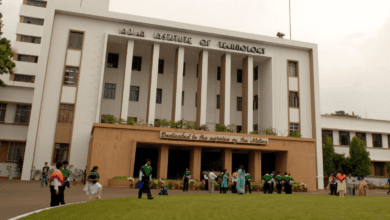Beneficiaries of the electronics sector will get a payment of Rs 1,000 billion, as approved by the PLI Scheme’s empowered committee
An amount of Rs 1,000 crore would be distributed to electronics sector beneficiary enterprises by the PLI (production-linked incentive) scheme’s Empowered Committee, according to a senior government official.
Out of claims totaling Rs 3,400 crore submitted under the plan, which seeks to increase local manufacturing, foster employment growth, and encourage exports, the government granted Rs 2,900 crore through March 2023.
“Rs 1 billion in PLI plan payouts for the electronics industry were authorized at the most recent committee meeting. The official said that a few more days would pass before the recipient firms really received their funds.
This would be the fiscal year’s first payment.
The plan, which has a budget of Rs. 1.97 lakh crore, was announced for 14 industries in 2021, including large-scale electronic manufacturing, white goods, textiles, the production of medical devices, automobiles, specialty steel, food products, high-efficiency solar PV modules, advanced chemistry cell batteries, drones, and pharmaceuticals.
In industries like electronics, pharmaceuticals, and medical gadgets, the system is succeeding.
The PLI plan has authorized up to 32 beneficiaries for large-scale electronics manufacturing, including the production of mobile phones and certain electronic components.
The relevant ministries or departments that are carrying out the plan give their proposal for the payment of rewards.
The Ministry of Electronics and Information Technology, NITI Aayog, the Department for Promotion of Industry and Internal Trade, and representatives from the Departments of Expenditure, Department of Revenue, Department of Economic Affairs, and Office of DGFT (Directorate General of Foreign Trade) all participate in the Empowered Committee, which is responsible for considering the proposal.
The committee makes recommendations for the PLI scheme’s incentive payment to the chosen recipient.
The relevant authorities are looking at course corrections in the program in areas where PLI distribution is low or if enterprises are unable to satisfy their performance requirements.
Recently, high-level review meetings have been convened to assess the scheme’s development.
Another official indicated optimism for a quick pick-up in the disbursements.
PLI performance is strong in the large-scale electronics manufacturing, pharmaceutical, food processing, and white goods industries.
High-efficiency solar PV modules, advanced chemistry cell (ACC) batteries, textile goods, and specialty steel are some industries that are not doing well.







